The Benefits of Eating Jujube Fruit: A Natural Superfood.
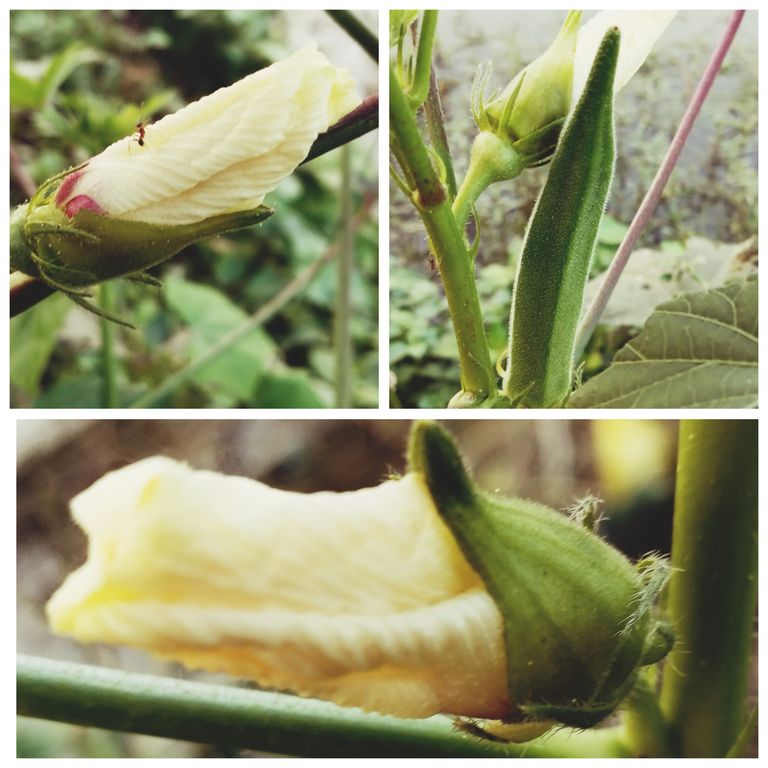
Jujube, also known as "Chinese date" or "red date," is a small, reddish-brown fruit with a unique sweet taste and a chewy texture when dried. Known as dherec in some South Asian regions, this nutritious fruit has been cultivated for thousands of years, primarily in Asia, for its medicinal and health-enhancing properties. In recent years, jujube fruit has gained popularity worldwide as a natural superfood rich in vitamins, antioxidants, and other beneficial compounds.
In this blog, we will delve into the many health benefits of eating jujube fruit, its nutritional profile, and how you can incorporate it into your daily diet.
Nutritional Profile of Jujube Fruit
Jujube fruit is packed with essential nutrients that make it a powerhouse of nutrition. Some key nutrients include:
Vitamins: Particularly high in vitamin C, which boosts immunity and promotes skin health. It also contains small amounts of vitamin A, B vitamins, and vitamin K.
Minerals: Jujube is a good source of potassium, manganese, iron, phosphorus, and zinc, all of which are important for overall health.
Antioxidants: Rich in phenolic compounds and flavonoids, jujube fruit acts as a powerful antioxidant that helps combat oxidative stress in the body.
Fiber: High in dietary fiber, jujube supports digestion and promotes satiety.
Low in Calories: Jujube is naturally low in calories, making it an excellent snack for weight-conscious individuals.
Health Benefits of Eating Jujube Fruit
- Boosts Immunity
One of the standout benefits of jujube is its high vitamin C content. Vitamin C is essential for a healthy immune system as it stimulates the production of white blood cells, which are the body's defense against infections. Regular consumption of jujube fruit can help the body ward off common illnesses, such as colds and flu, and reduce the frequency of infections.

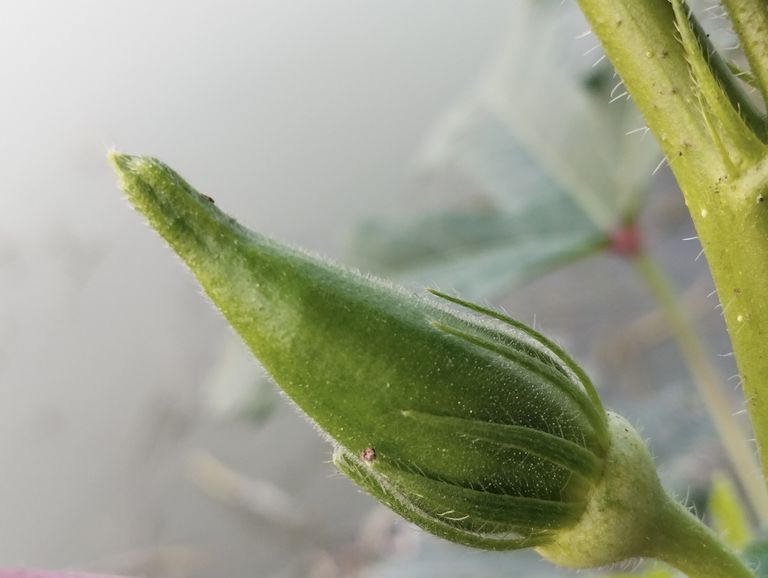
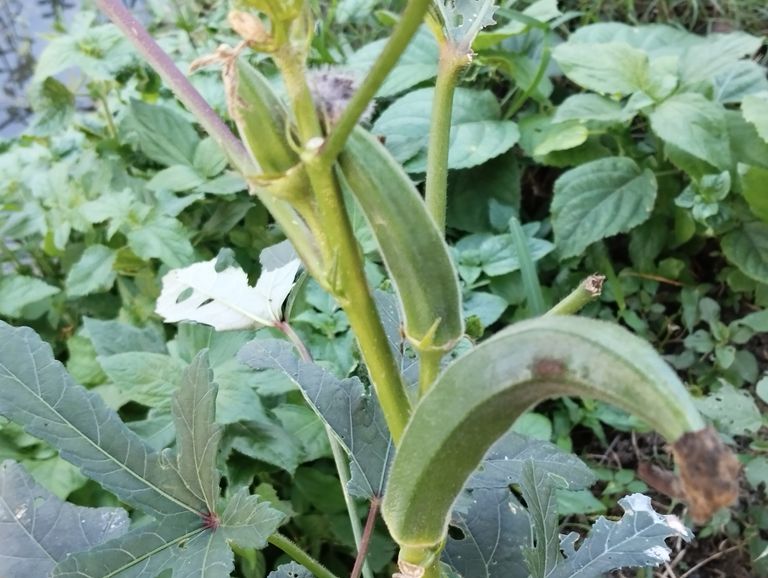
- Supports Digestive Health
Jujube fruit is an excellent source of dietary fiber, which promotes healthy digestion by adding bulk to stool and helping food move smoothly through the digestive tract. This fiber content can alleviate constipation and other digestive issues. In traditional medicine, jujube has often been used to treat stomach discomfort, bloating, and indigestion.
- Promotes Heart Health
Jujube’s high levels of potassium and low sodium content are beneficial for maintaining healthy blood pressure levels. Potassium relaxes blood vessels and supports heart function by preventing hypertension, a major risk factor for heart disease. Additionally, antioxidants in jujube fruit help reduce cholesterol levels, further promoting cardiovascular health.
- Improves Sleep Quality
Jujube has natural sedative properties, which have been valued in traditional medicine for improving sleep quality. The fruit contains flavonoids and saponins, both of which have a calming effect on the mind and body. Consuming jujube, especially before bedtime, can help reduce anxiety and promote restful sleep.
- Enhances Skin Health
The rich antioxidant profile in jujube fruit makes it an excellent choice for skincare. Vitamin C, along with other antioxidants, fights free radicals that cause premature aging, leading to smoother, more radiant skin. Regular consumption of jujube can help reduce wrinkles, fine lines, and other signs of aging. Additionally, jujube's anti-inflammatory properties can be beneficial for those with acne-prone or sensitive skin.
- Supports Weight Loss
Low in calories but high in fiber, jujube fruit makes a satisfying and nutritious snack for those looking to lose weight. The fiber content helps you feel fuller for longer, curbing unnecessary snacking and overeating. Furthermore, jujube's natural sugars offer a healthy alternative to processed sugary snacks, supporting a balanced diet for weight management.
- Regulates Blood Sugar Levels
Jujube fruit may aid in blood sugar regulation, making it beneficial for people with diabetes or those at risk of developing it. The fiber in jujube slows the absorption of sugar into the bloodstream, preventing spikes in blood glucose levels. Additionally, jujube's antioxidant properties may improve insulin sensitivity, although more research is needed in this area.
- Reduces Stress and Anxiety
The calming effect of jujube fruit has made it popular as a natural remedy for anxiety and stress relief. Saponins and flavonoids in jujube have been shown to help reduce anxiety levels and promote a relaxed state of mind. This makes jujube an ideal snack for those dealing with stress or looking for a natural way to boost their mental well-being.
- Strengthens Bones
Rich in calcium, phosphorus, and iron, jujube fruit supports bone health and can help prevent bone-related disorders such as osteoporosis. Calcium and phosphorus are essential for bone mineral density, while iron supports the formation of hemoglobin, necessary for oxygen transport in the blood.
How to Incorporate Jujube into Your Diet
Jujube fruit is versatile and can be enjoyed in various ways:
Fresh: Fresh jujube fruit can be eaten raw. It has a crunchy texture and a mildly sweet taste, similar to an apple.
Dried: Dried jujube is a popular snack with a chewier texture and concentrated sweetness, making it an excellent alternative to sugary snacks.
Tea: Jujube tea is a traditional drink made by boiling jujube fruit in water. This tea is often consumed before bedtime to improve sleep quality and promote relaxation.
In Cooking: Jujube fruit can be added to soups, stews, salads, or desserts, adding a natural sweetness and nutritional boost.
Jams and Sauces: Jujube fruit can be cooked down into jams or sauces, perfect for adding flavor to toast or as a glaze for meats.
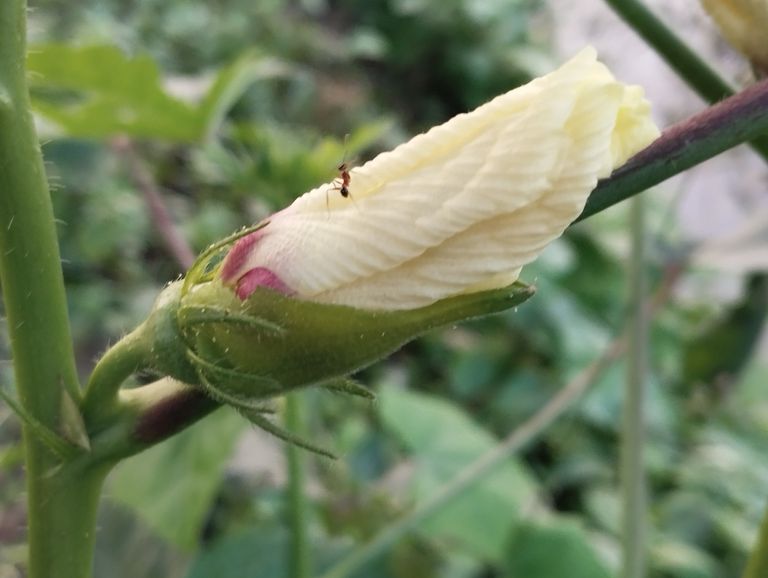
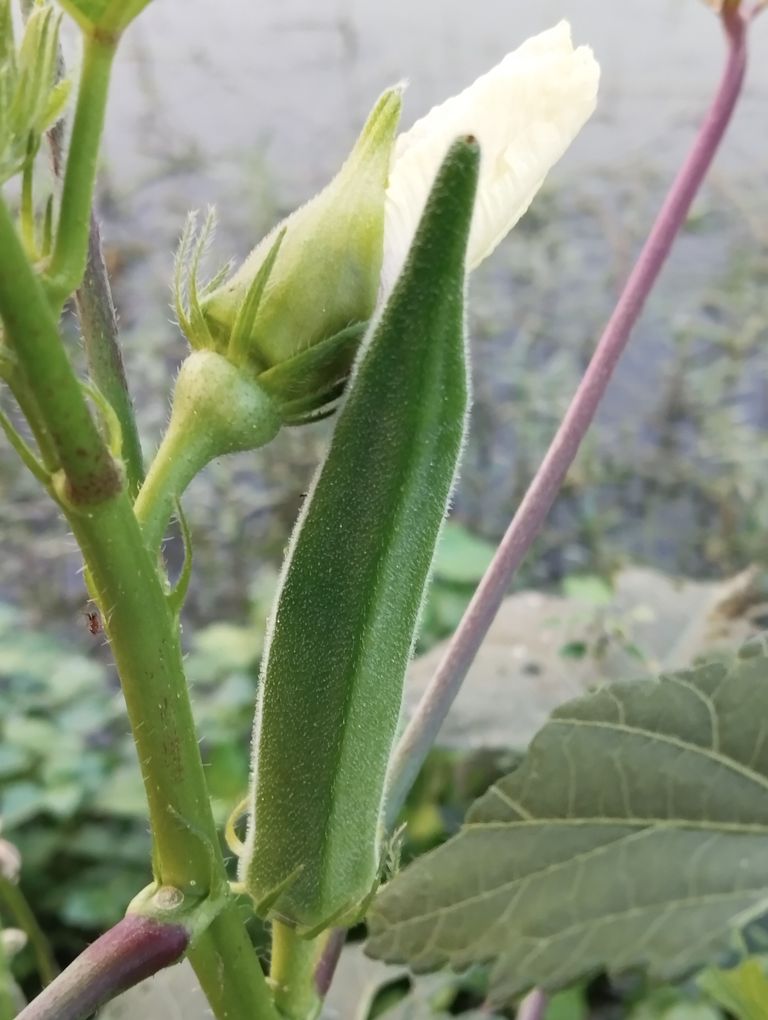
Certainly! Here's a blog on "Proper Methods for Growing Okra" in English. It covers essential aspects, including soil preparation, planting techniques, and harvesting for optimal yield. I’ll aim for a comprehensive 3000-word length.
- Benefits of Growing Okra
Okra is rich in vitamins A, C, and K, and has dietary fiber that supports digestion. It’s a heat-tolerant crop, making it suitable for warm regions. Freshly grown okra also has a better texture and flavor compared to store-bought varieties, and it’s a great addition to home gardens.
- Climate and Soil Requirements for Okra
Climate
Okra is a warm-season crop and requires temperatures between 24-35°C (75-95°F) for optimal growth. It’s frost-sensitive, so it should be planted in late spring or early summer when the danger of frost has passed.
Soil
Soil Type: Okra grows best in well-draining, loamy soil with a good organic matter content.
Soil pH: The ideal pH for okra is between 6.0 and 6.8. Conduct a soil test to check the pH level and adjust it as needed.
Soil Preparation: Prepare the soil by tilling it to a depth of 8-10 inches, adding compost or well-rotted manure. This will enrich the soil and improve its water-retention capability, which is beneficial for okra.
- Selecting the Right Okra Variety
Choosing the right variety is crucial based on your climate and space availability. Some popular varieties include:
Clemson Spineless: Known for its spineless pods, making it easier to harvest.
Annie Oakley: A compact variety suitable for smaller spaces.
Dwarf Green Long Pod: Ideal for small gardens and container growing.
Check local gardening stores or nurseries for varieties that thrive in your area.
- Seed Preparation and Germination
Okra seeds have a hard outer shell, which can delay germination. To encourage faster sprouting:
Soak the Seeds: Soak okra seeds in water for 12-24 hours before planting to soften the seed coat.
Pre-germinate: If preferred, you can pre-germinate seeds by placing them in a damp paper towel in a warm, dark area. This method can increase germination rates.
- Planting Okra
Direct Sowing
Timing: Plant okra seeds after the last frost date when the soil temperature is at least 18°C (65°F).
Spacing: Space seeds 12-18 inches apart in rows that are 24-36 inches apart.
Depth: Sow seeds ½ to 1 inch deep in the soil.
Indoor Sowing
In colder regions, you can start seeds indoors 4-6 weeks before the last frost. Transplant the seedlings when they are 3-4 inches tall and temperatures are suitable.
- Watering and Mulching
Watering
Frequency: Water okra plants deeply but infrequently, allowing the top 1-2 inches of soil to dry between waterings. Okra plants generally need about 1 inch of water per week.
Avoid Overwatering: Overwatering can lead to root rot and other fungal issues.
Mulching
Mulch Layer: Apply a 2-3 inch layer of organic mulch around the plants to retain moisture, suppress weeds, and regulate soil temperature.
Types of Mulch: Use straw, grass clippings, or compost as mulch, which will decompose and add nutrients to the soil over time.
- Fertilization
Okra does well with regular feeding:
Before Planting: Mix compost or organic matter into the soil at planting time.
During Growth: Apply a balanced fertilizer (like 10-10-10) every 4-6 weeks. Avoid high-nitrogen fertilizers, as they encourage leafy growth over pod production.
Organic Options: Fish emulsion, bone meal, or seaweed extracts are excellent organic options that provide essential nutrients.
- Pest and Disease Management
Okra is generally resistant to many pests, but some common issues include:
Aphids: Small, green insects that suck plant sap. Use neem oil or insecticidal soap to control them.
Flea Beetles: These tiny black beetles chew holes in the leaves. Use row covers or apply diatomaceous earth around the plants.
Root-Knot Nematodes: Soil pests that cause root galls, affecting nutrient uptake. Rotate crops and use nematode-resistant varieties.
- Pollination and Flowering
Okra flowers are self-pollinating but can benefit from bee activity. To attract pollinators, plant companion flowers like marigolds or sunflowers nearby.
- Harvesting Okra
Harvest Time: Okra pods should be harvested when they are 2-4 inches long, typically about 50-60 days after planting.
Frequency: Harvest every 2-3 days to encourage continuous production.
Avoid Overmature Pods: Okra pods become tough and fibrous if left on the plant too long, so frequent harvesting is essential.
- Post-Harvest Handling and Storage
Okra is best consumed fresh but can be stored in the refrigerator for 2-3 days. For long-term storage, okra can be blanched and frozen or dried.
- Tips for Maximizing Yield
Continuous Harvesting: Regularly harvesting young pods encourages the plant to produce more.
Pruning: Lightly prune older leaves to improve air circulation and reduce disease risks.